In the fascinating world of reptilian behavior, snakes employ numerous strategies to communicate and establish their presence in an environment. While many animals rely on visual displays, vocalizations, or scent marking with bodily secretions, snakes have evolved a particularly intriguing method: using their shed skin as territorial markers. This remarkable adaptation allows these limbless creatures to maintain a persistent presence in their habitat even when physically absent. The strategic placement and chemical signatures contained within snake shed skin create an invisible boundary that communicates vital information to other snakes. Let’s explore the complex relationship between snake shedding—a process known as ecdysis—and territorial behavior in these remarkable reptiles.
The Science Behind Snake Shedding
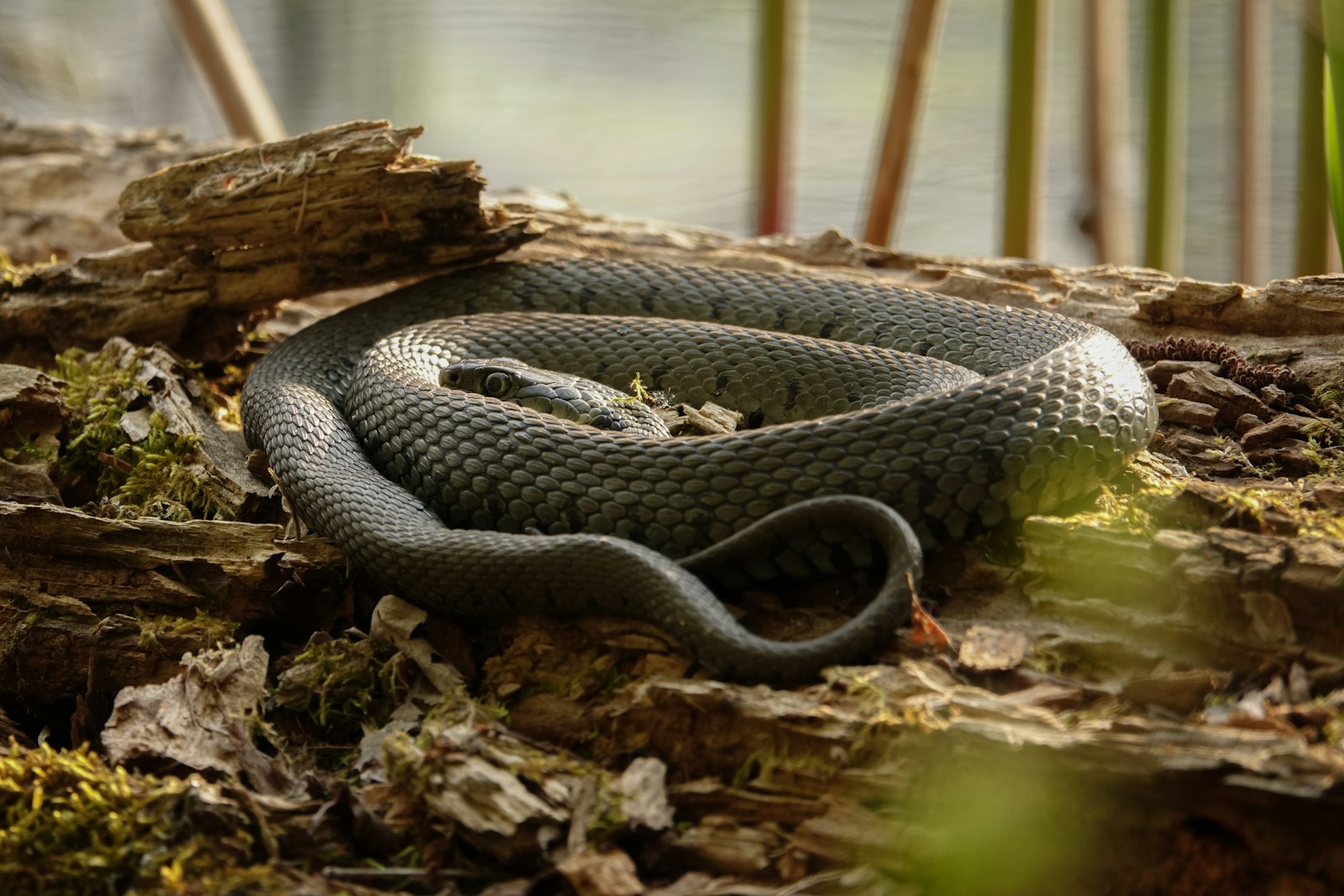
Snake shedding is a periodic process during which a snake removes its old outer skin layer to accommodate growth and replace worn scales. Unlike mammals that continuously shed small skin particles, snakes shed their entire skin in one connected piece called an exuvia. This complete shed contains a complex cocktail of pheromones, proteins, and chemicals unique to the individual snake. When a snake grows, the underlying new skin forms while the outer layer separates, creating a period known as “blue phase” or “opacification” when the snake’s eyes cloud over as fluid accumulates between the old and new skin layers. The shedding process itself typically takes several days to complete from start to finish, with the actual removal of the old skin happening relatively quickly once the snake begins actively sloughing it off.
Chemical Communication Through Shed Skin

The shed skin of a snake is far more than just discarded tissue—it’s a chemical billboard broadcasting detailed information about its former owner. Research has shown that snake sheds contain species-specific pheromones, sex identifiers, size indicators, and even information about the individual’s health status and reproductive readiness. These chemical signatures persist long after the snake has physically left the area, creating an enduring presence that other snakes can detect. When a snake flicks its forked tongue, it collects these airborne molecules and delivers them to the vomeronasal organ (Jacobson’s organ) in the roof of its mouth for chemical analysis. This sophisticated chemosensory system allows snakes to “read” the detailed messages left behind in shed skin, essentially creating a chemical map of which snakes have claimed particular territories.
Intentional Versus Incidental Marking

One fascinating aspect of territorial marking through shed skin is the question of intentionality. While some snake species appear to shed randomly wherever they happen to be when the process occurs, herpetologists have observed that certain species seem to shed in specific locations with remarkable consistency. Male snakes of some species have been documented returning to the same locations to shed during breeding season, potentially maximizing the territorial impact of their chemical signatures. Studies tracking individual snakes have shown that species like timber rattlesnakes often shed in protected core areas of their home range, while others like some rat snakes commonly shed near den sites or primary hunting grounds. This pattern suggests that while shedding is primarily a physiological necessity, the timing and location may have evolved to serve a dual purpose as a territorial communication strategy.
Differences Between Male and Female Shedding Patterns

The territorial significance of shed skin differs substantially between male and female snakes across many species. Male snakes typically exhibit more territorial behaviors and often produce sheds with stronger chemical signals, particularly during breeding season when competition for mates intensifies. Researchers have found that male rattlesnakes and pythons, for example, produce shed skins containing elevated levels of specific pheromones that appear designed to warn off rival males. Female snakes, by contrast, often use their shed skins to attract potential mates rather than claim exclusive territories, with chemical signatures that advertise reproductive readiness. This sexual dimorphism in shedding patterns becomes especially pronounced during breeding seasons, when the chemical composition of shed skin can change dramatically to reflect the snake’s reproductive status and territorial intentions.
Seasonal Variations in Territorial Marking

Snake shedding and its role in territorial marking follows distinct seasonal patterns that align with reproductive cycles and activity levels. During spring emergence, many snake species experience synchronized shedding events that establish territorial boundaries for the coming active season. This phenomenon is particularly noticeable in communal denning species like rattlesnakes, where multiple individuals may shed near den sites, creating a complex patchwork of overlapping chemical territories. Midsummer often brings another peak in shedding activity, especially for males seeking to reinforce territorial claims during prime mating season. Research tracking seasonal pheromone concentrations in snake habitats has demonstrated that these chemical signatures persist in the environment at detectable levels for weeks or even months, with rainfall and temperature affecting their longevity.
Species-Specific Marking Behaviors
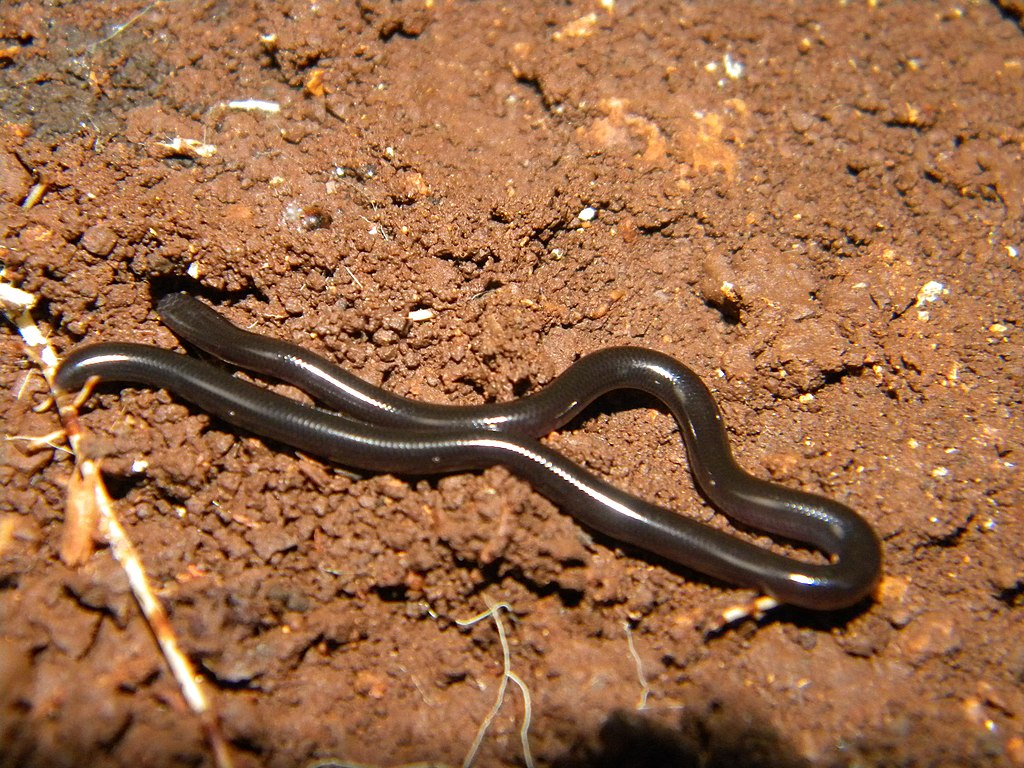
The use of shed skin as territorial markers varies dramatically across snake species, reflecting their diverse ecological niches and social structures. King cobras represent an extreme example, with males actually constructing and guarding nests where they intentionally deposit shed skins to create concentrated territorial markers. Pit vipers like copperheads and rattlesnakes tend to shed in rocky crevices or along established travel corridors, effectively marking the boundaries of their hunting territories. Arboreal species such as emerald tree boas and green tree pythons often shed in specific trees that serve as the nucleus of their territory, with the shed skin draping over branches to maximize scent dispersal. Even aquatic species like water snakes exhibit patterned shedding behaviors, frequently depositing sheds near prime basking locations to advertise ownership of these crucial resources.
Ecological Impact of Shed Skin Territories

The territorial marking system created by snake shed skins plays a crucial role in ecosystem dynamics and resource partitioning among snake species. By establishing chemical territories, snakes can minimize direct confrontations that might result in injury or death, allowing multiple individuals to share a habitat with reduced conflict. These invisible chemical boundaries help regulate population density and distribution across landscapes, preventing overconcentration of predators in any single area. Research in desert ecosystems has shown that the spacing effect created by shed skin territorial markers can influence prey populations, as predator pressure becomes more evenly distributed. Additionally, the chemical signals in shed skins may deter potential predators of snakes, creating a secondary protective function beyond their primary role in intraspecies communication.
How Shed Skin Influences Mating Opportunities

Beyond simple territory marking, shed skins play a sophisticated role in snake mating systems and reproductive success. Male snakes can determine a female’s reproductive status by analyzing the chemical composition of her shed skin, allowing them to focus their courtship efforts on receptive females. This chemical dating system is particularly important in species where females are widely dispersed or where breeding opportunities are limited to brief seasonal windows. Some male snakes have been observed collecting near female shed sites during breeding season, using the chemical information to time their courtship attempts optimally. In certain species like garter snakes, females produce specific pheromones in their shed skin that trigger male courtship behaviors, effectively using their sheds as long-lasting advertisements of reproductive availability that persist even when they are hunting or sheltering elsewhere.
Defending Territory Against Intruders

The effectiveness of shed skin as a territorial marker relies on how other snakes respond to these chemical signals. When a snake encounters the shed skin of another individual, it typically exhibits distinct behavioral changes that reflect territorial respect. These responses can include immediate retreat, changes in movement patterns to avoid the area, or increased tongue-flicking to gather more information about the territory holder. Experiments where researchers have placed shed skins in controlled environments have demonstrated that snakes will actively avoid areas marked with sheds from larger conspecifics, particularly those of the same sex. Interestingly, the response intensity varies based on the freshness of the shed, with recently deposited sheds eliciting stronger avoidance behaviors than older ones whose chemical signals have degraded.
Human Applications and Research Developments
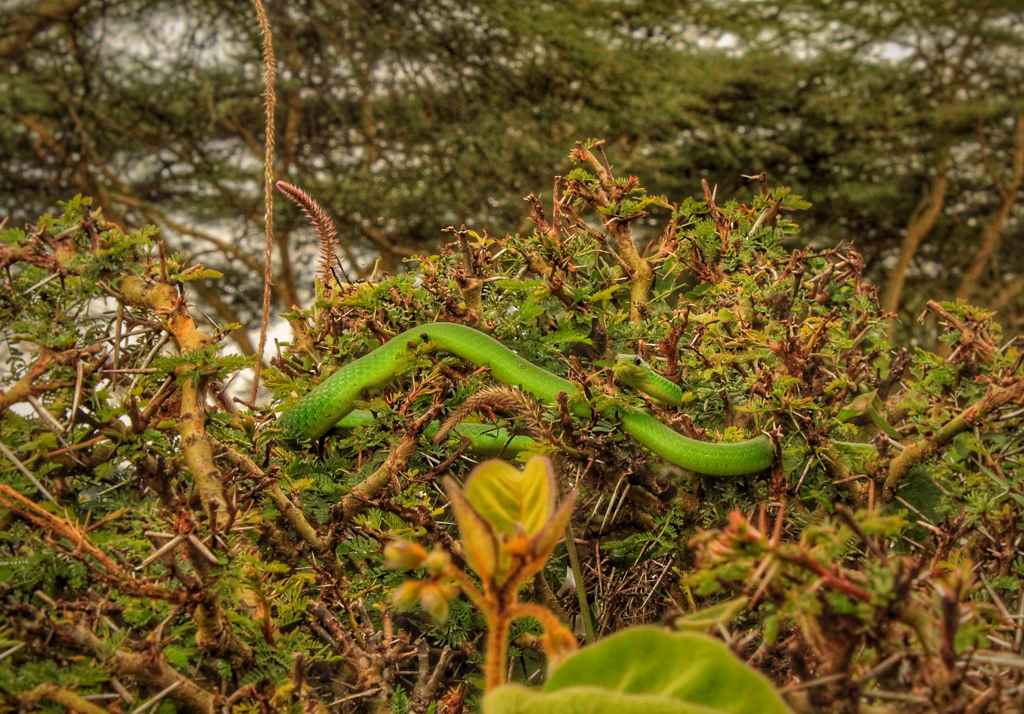
The study of how snakes use shed skins as territorial markers has practical applications in wildlife management and conservation. Researchers have developed techniques to analyze the chemical composition of shed skins to monitor snake populations non-invasively, identifying individual snakes and tracking their movements without direct observation. Conservation efforts for endangered snake species now sometimes include the strategic placement of artificial shed skin extracts to guide snakes away from dangerous areas or toward protected habitats. In agricultural settings, understanding snake territorial marking has led to innovations in snake repellents based on mimicking the chemical signals of dominant predatory snake species. Some zoos and reptile facilities have even begun incorporating knowledge of shed skin territoriality into habitat design, strategically preserving sheds from resident snakes to reduce stress and territorial disputes in captive settings.
Challenges to Territorial Marking Systems

Despite its evolutionary sophistication, the system of territorial marking through shed skins faces several natural and anthropogenic challenges. Environmental factors like heavy rainfall, flooding, or extreme temperatures can degrade the chemical signals in shed skins, potentially creating territorial confusion among snake populations. Habitat fragmentation by human development can disrupt traditional shedding locations and concentrate snakes in smaller areas, leading to increased territorial overlap and potential conflict. Pollution, particularly chemical contaminants, can interfere with snakes’ ability to detect or interpret the pheromones in shed skins, essentially creating “chemical noise” that disrupts this communication system. Climate change presents a growing threat to these behaviors, as altered seasonal patterns may desynchronize shedding cycles from breeding seasons, potentially reducing the effectiveness of shed skin as a reproductive territorial marker.
Evolutionary Origins of Shed Skin Marking
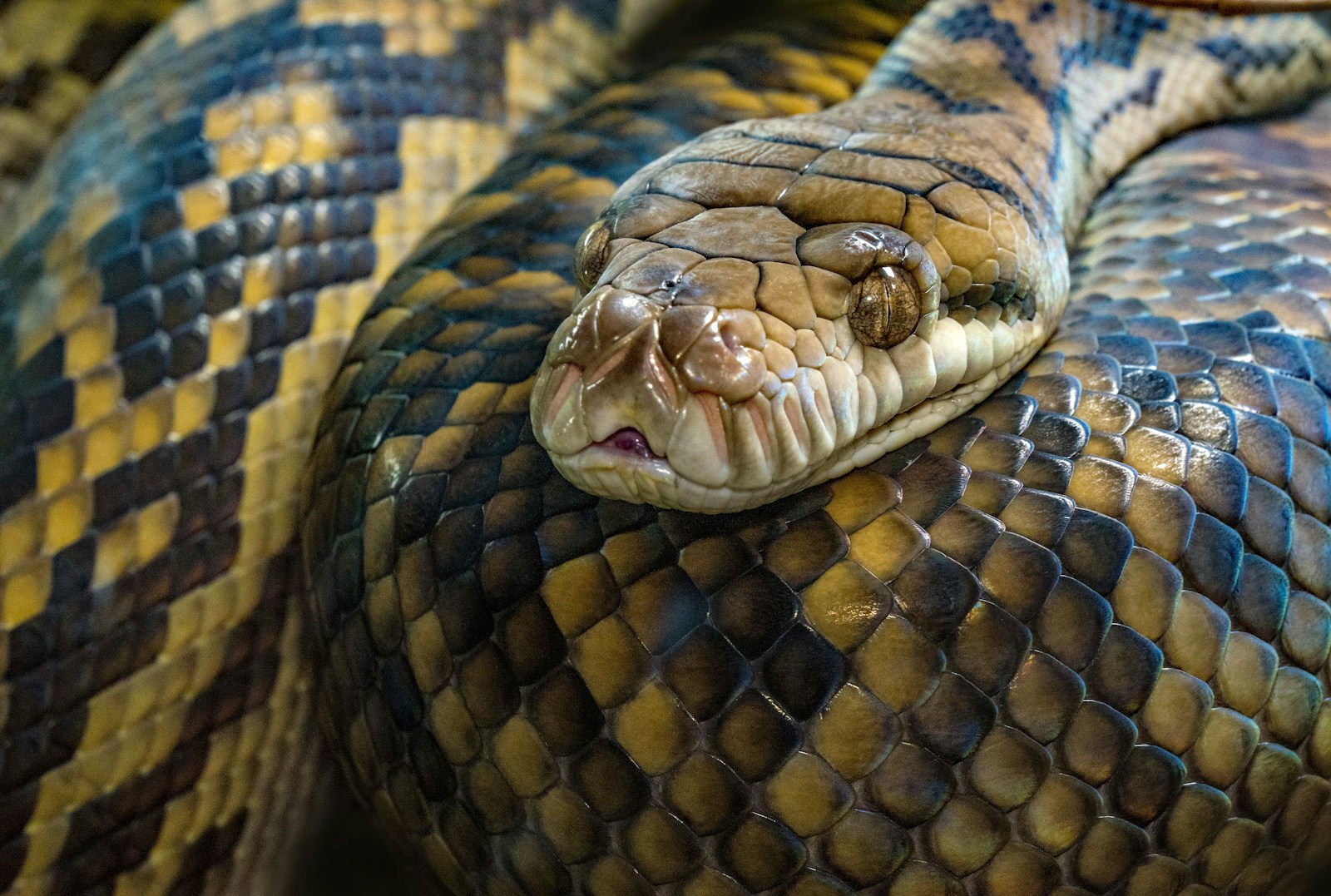
The use of shed skin as a territorial marker represents a fascinating example of evolutionary adaptation and repurposing. Scientists believe this behavior evolved from the more primitive process of shedding itself, which originally served purely physiological purposes related to growth and skin renewal. As snakes evolved more complex social behaviors, the chemical information naturally present in shed skins was gradually exploited for communication. Comparative studies between modern snakes and their closest lizard relatives suggest that the territorial marking function of shed skins became more sophisticated as snakes adapted to limbless locomotion, compensating for their inability to visually display or physically mark territories as effectively as limbed reptiles. This evolutionary innovation allowed snakes to establish a persistent territorial presence despite their secretive lifestyles and relatively limited physical capabilities for direct territorial defense.
Future Research Directions

The field of snake territorial marking through shed skins continues to evolve, with several promising research directions emerging. Advanced chemical analysis techniques are allowing scientists to identify specific compounds in shed skins that trigger territorial responses, potentially leading to a comprehensive “chemical vocabulary” of snake communication. Tracking studies using miniaturized GPS devices paired with automated shed skin collection systems are revealing previously unknown patterns in how snakes strategically distribute their sheds across landscapes. Comparative research across diverse snake species is uncovering the evolutionary relationships between ecological niches, social structures, and territorial marking strategies. Perhaps most intriguingly, neurobiological studies are beginning to reveal how the snake brain processes the complex chemical information contained in shed skins, opening windows into the cognitive aspects of reptilian territorial behavior that have remained largely mysterious until now.
Conclusion
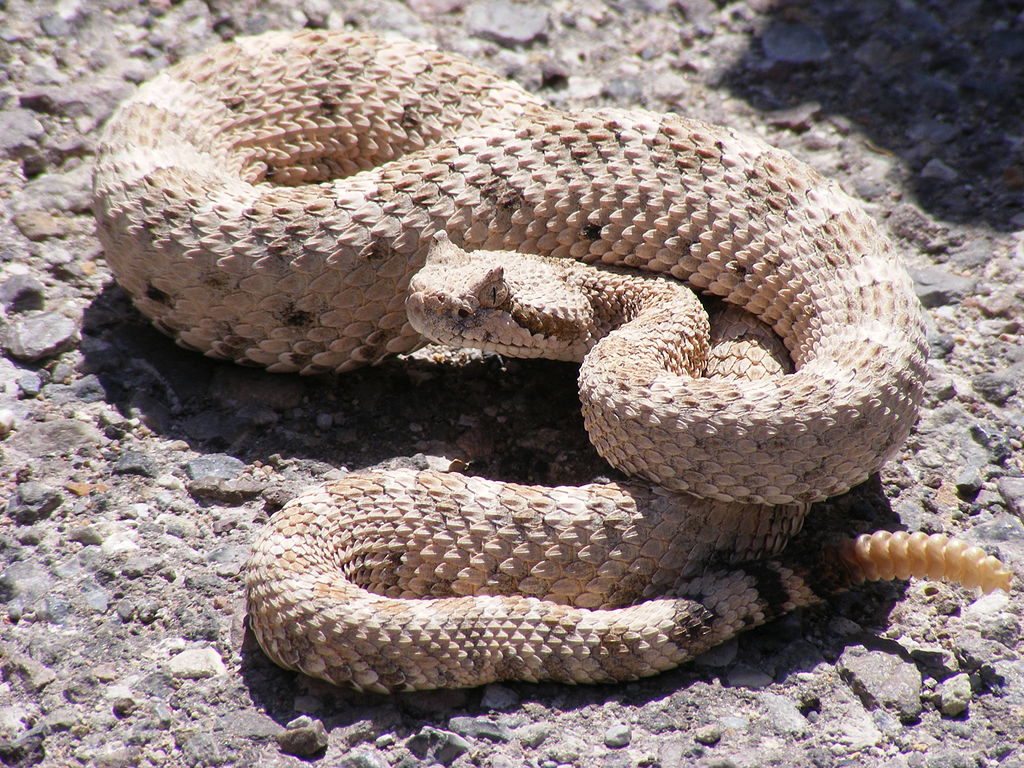
The remarkable system by which snakes use their shed skins as territorial markers exemplifies nature’s elegance in evolving complex communication systems. Far from being simple discarded tissue, snake sheds serve as long-lasting chemical signposts that create an invisible infrastructure of territories throughout snake habitats. This sophisticated system allows these limbless predators to efficiently partition resources, reduce potentially dangerous confrontations, and optimize reproductive opportunities—all through chemical signals embedded in what is essentially their recycled outer body covering. As research techniques continue to advance, our understanding of this fascinating behavioral adaptation deepens, revealing the complex social lives of animals traditionally viewed as solitary and primitive. The next time you encounter a snake shed in the wild, remember that you’re looking at more than just discarded skin—you’re witnessing evidence of a sophisticated territorial marking system that has evolved over millions of years.





